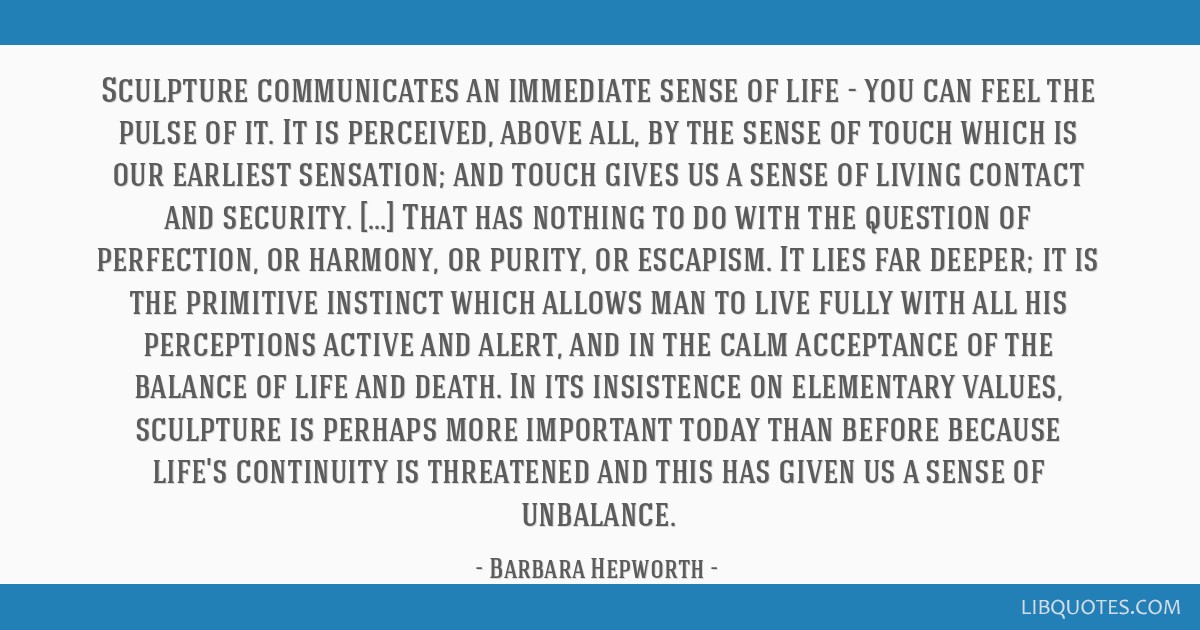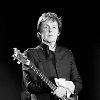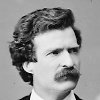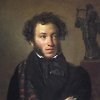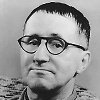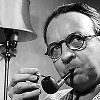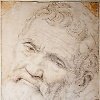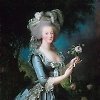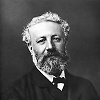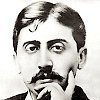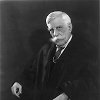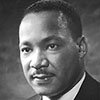Sculpture communicates an immediate sense of life - you can feel the pulse of it. It is perceived, above all, by the sense of touch which is our earliest sensation; and touch gives us a sense of living contact and security. [...] That has nothing to do with the question of perfection, or harmony, or purity, or escapism. It lies far deeper; it is the primitive instinct which allows man to live fully with all his perceptions active and alert, and in the calm acceptance of the balance of life and death. In its insistence on elementary values, sculpture is perhaps more important today than before because life's continuity is threatened and this has given us a sense of unbalance.
(in conversation with J.P. Hodin, 28 August 1959); extract from J.P. Hodin, Barbara Hepworth, London, 1961, Two Conversations with Barbara Hepworth: 'Art and Life' and 'The Ethos of Sculpture', pp. 23–24
